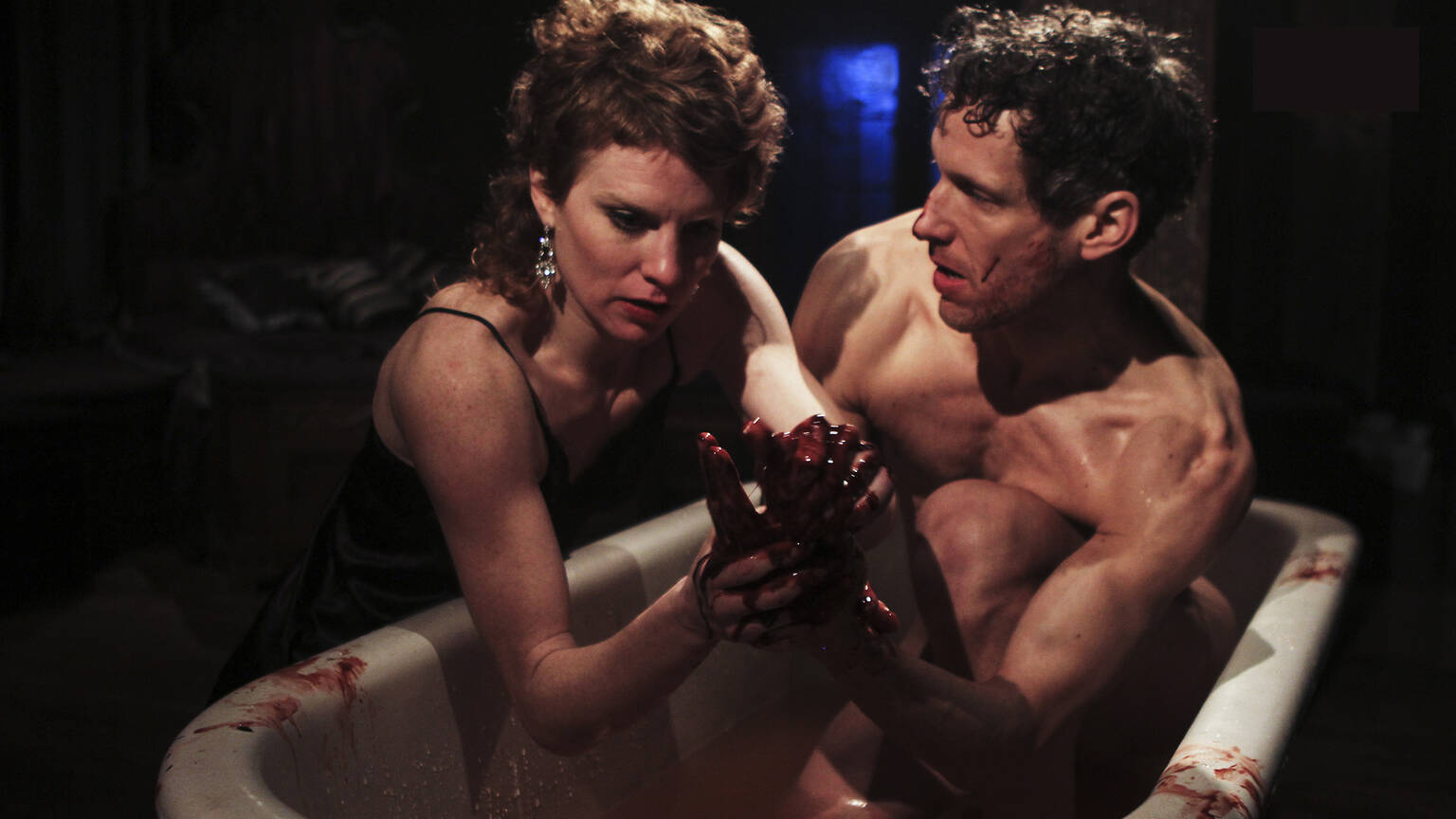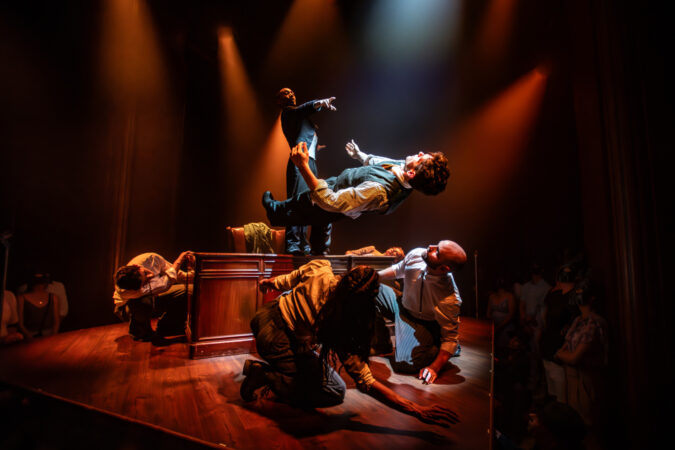Emursive shocked both ticket holders and its very own staff by announcing the abrupt closure of the immersive production “Life and Trust.” Via email. For the immersive arts to thrive, we need better managers.
Category: Immersive Companies

The place was mine to explore, and the camera was my eye. The story I witnessed was no story, flattened out by a stage, screen, or page, but a memory in my body. Whoa.
I recently had the very good fortune to attend a two-hour workshop by Odyssey Works. And I fell in love.

You must be logged in to post a comment.